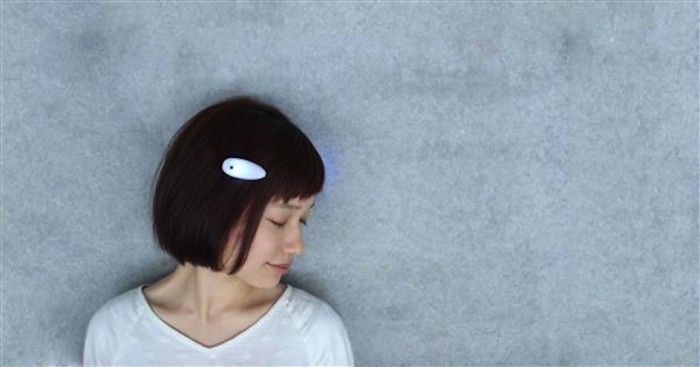
Japanese graduate student Tatsuya Honda has developed Ontenna, a hairpin that transforms nearby sounds into light and vibration. The project served as his graduate thesis at the Future University Hakodate.
The Ontenna looks like an ordinary hairpin but it carries a mini-computer that conveys vibration through the user’s skin. The hairpin has a 30 to 90 decibel rate, discerning up to 256 different levels of vibration and light and enabling the wearer to associate certain noise levels, rhythm and patterns with certain buzzing sensations.
Honda is fluent in sign language and extensive interaction with deaf people has streamlined the device and improved its functionality. Using 3D printing technology, Honda has already manufactured over 200 different prototypes that are currently undergoing tests.
The very first prototype of Ontenna was just a simple rectangular box in the shape circuit board worn on the user's skin. After receiving feedback from users who voiced concerns about the angular sharpness of the device, the design has gradually become the soft rounded form of the latest model.
“Fingertips, arms… we tried a lot of different body parts. Deaf people use their arms and hands to communicate in sign language, so wearing the device in one of those places proved to be cumbersome,” said Honda. “Through lots of trial and error, we finally came to the conclusion that wearing the device in your hair, which could easily sense vibration and wouldn’t directly touch the skin, was the best option.”
The Japanese designer has also created an earring version for users with thinning hair such as the elderly.
The current Ontenna prototype is built to register all of the sounds in the user’s surrounding environment, which means if the user were in a busy and crowded place, the device would constantly be vibrating. Honda is working on adjusting the device to function in different environments while still trying conveying sound with an appropriate level of vibration.






